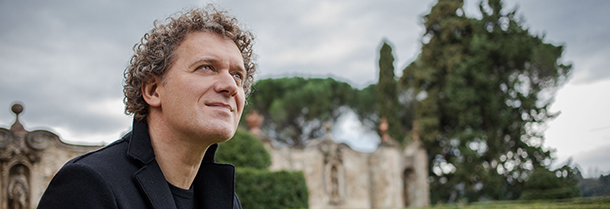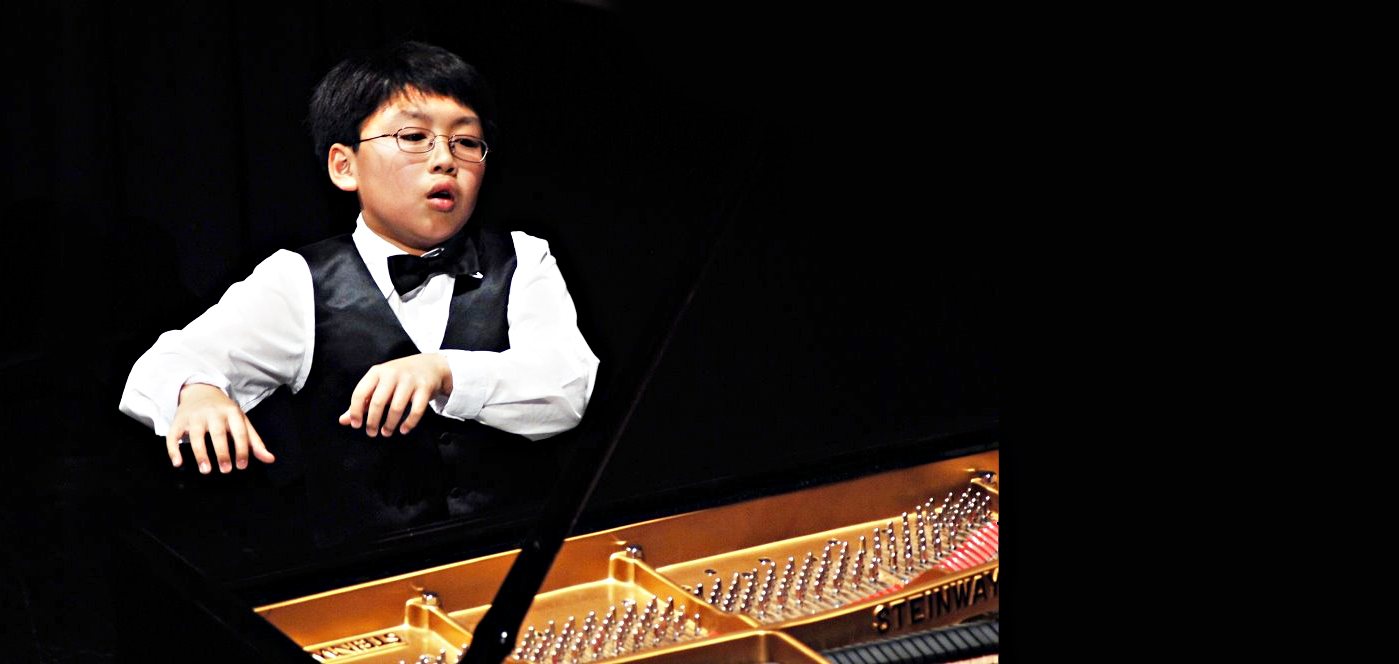Tag: Liszt
-

-

-

PROGRAM NOTES: SIMON TRPČESKI
Program Notes: Simon Trpčeski Schubert: 16 German Dances, D. 783 (Op. 33) So indelibly is the name Johann Strauss embedded in our consciousness as the purveyor of Viennese dance music that we tend to forget such music existed well before the Waltz King appeared on the scene. Not just minor, forgotten figures like Pamer, Faisatenberger…
-

PROGRAM NOTES: GEORGE LI
George Li Program Notes Performance: Vancouver Playhouse, Sunday, December 4, 2011 Carl Czerny Variations on a Theme by Rode, Op. 33 (“La Ricordanza”) Most concertgoers know Carl Czerny only as the early nineteenth-century pedagogue who churned out endless dull exercises that continue to be inflicted upon piano students this day. True, he did compose a…

